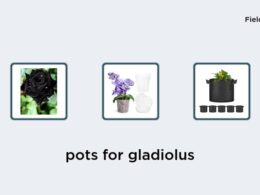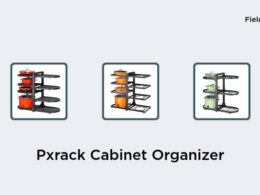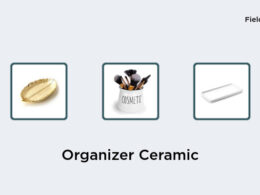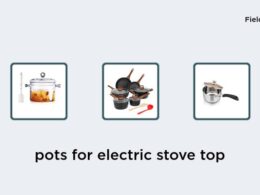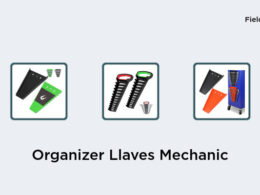When it comes to hydroponics, how often to feed the plants is a common question that arises among growers. According to experts, it is recommended to flush the hydroponics system every 7-10 days. Flushing is the process of thoroughly cleaning out the system of any excess nutrients or other unwanted materials that may have accumulated. During the flushing process, it is important to use a tiny amount of nutrients within the solution for flushing (EC 0.6) to protect the plant from any unnecessary stress. Here are some key points to keep in mind when feeding hydroponics:
Flushing should be done every 7-10 days to avoid any build-up of excess nutrients or other unwanted materials in the system.
During the flushing process, it is important to use nutrient solution with an EC of 0.6 to protect the plant from stress.
Overfeeding can cause root burn and other issues, so it is important to follow the recommended feeding schedule for your specific plant type.
It is also important to monitor the pH and nutrient levels in the hydroponics system regularly to ensure the plants are getting the right levels of nutrients.













